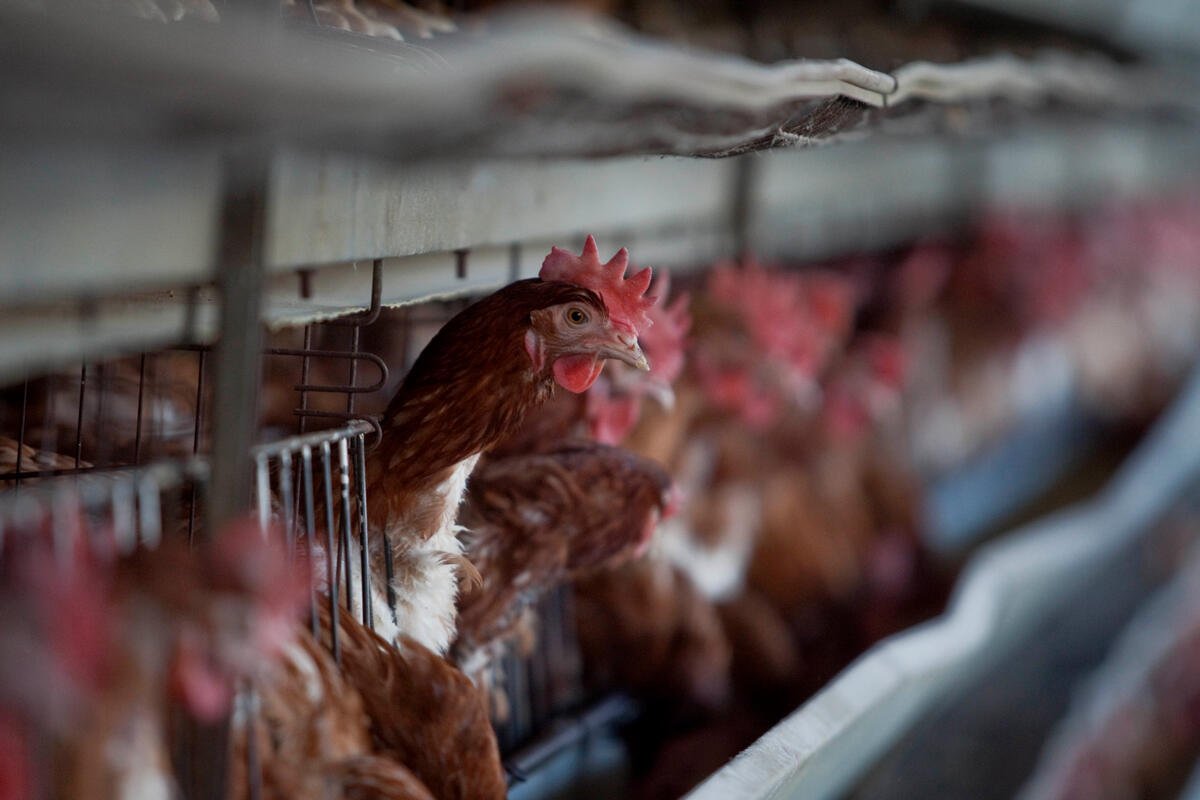Saturday, 17 January 2026
FAO urges immediate action as new variants of avian influenza threaten APAC
The situation is further complicated by the emergence of a new variant of avian influenza, presenting new challenges for scientists, public health authorities, clinicians and communities alike The Food and…

The situation is further complicated by the emergence of a new variant of avian influenza, presenting new challenges for scientists, public health authorities, clinicians and communities alike
The Food and Agriculture Organization of the United Nations (FAO) is calling for urgent regional efforts to combat a rise in avian influenza cases across the Asia-Pacific region. The appeal follows a consultation of regional experts in Bangkok, supported by the United States Agency for International Development (USAID) and the Centers for Disease Control and Prevention (CDC).
Recent developments are alarming. After a prolonged period of minimal human infection, 13 new human cases have been reported in Cambodia, with additional cases in China and Vietnam since late 2023. The situation is further complicated by the emergence of a new variant of avian influenza, presenting new challenges for scientists, public health authorities, clinicians and communities alike.
Globally, the highly pathogenic avian influenza H5N1 virus has spread more widely geographically than ever before, reaching as far as South America and Antarctica. It has also begun infecting new wild and domestic animals, including scavenger species, marine mammals, carnivorous domestic pets, mammals farmed for fur and recently, farmed ruminants such as dairy cattle.
While the Greater Mekong Subregion, Indonesia and the Philippines are facing heightened scrutiny due to their diverse ecological landscapes and limited biosecurity measures, other regions also remain at risk. Notably, Thailand and Myanmar have not reported outbreaks in years. India, Nepal and Bangladesh are currently battling avian influenza outbreaks.
“The recent surge in avian influenza outbreaks is deeply concerning,” stated Kachen Wongsathapornchai, Regional Manager of FAO Emergency Centre for Transboundary Animal Diseases (ECTAD). “Since late 2023, we have observed a rise in human cases and the virus spreading to new animal species. The emergence of novel A/H5N1 strains, which are more easily transmissible, increases the pandemic threat. Immediate, coordinated preventive measures are essential.”
Technology
Bringing PFAS testing to the point of need
Jan 16, 2026 | Australia
Study finds Magtein enhances memory, reaction time and heart health markers
Jan 15, 2026 | Company News
Walmart and Google turn AI discovery into effortless shopping experiences
Jan 15, 2026 | Company News
Food Testing
Bringing PFAS testing to the point of need
Jan 16, 2026 | Australia
IMCD opens a Food & Nutrition Laboratory in Cologne
Jan 08, 2026 | Company News
La Trobe University Develops Portable Biosensor to Detect PFAS in Water
Jan 08, 2026 | Australia
More Popular
Amar Pure Gold to invest Rs 250 Cr in Agro-Food Park in Himachal Pradesh
Jan 16, 2026 | Company News
Franke launches new A Line in Southeast Asia and opens regional flagship showroom in Singapore
Jan 16, 2026 | Beverages
EXBERRY plant-based colour supplier GNT earns top sustainability award
Jan 16, 2026 | Awards





